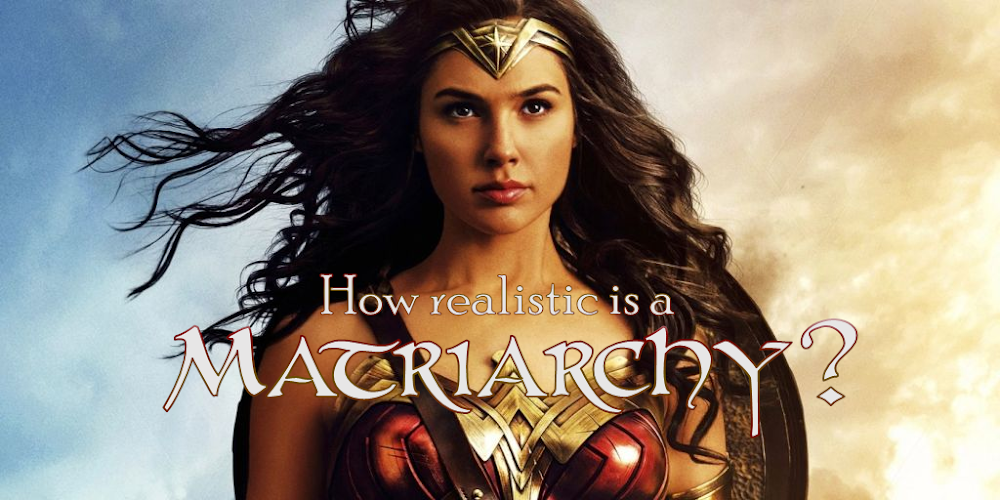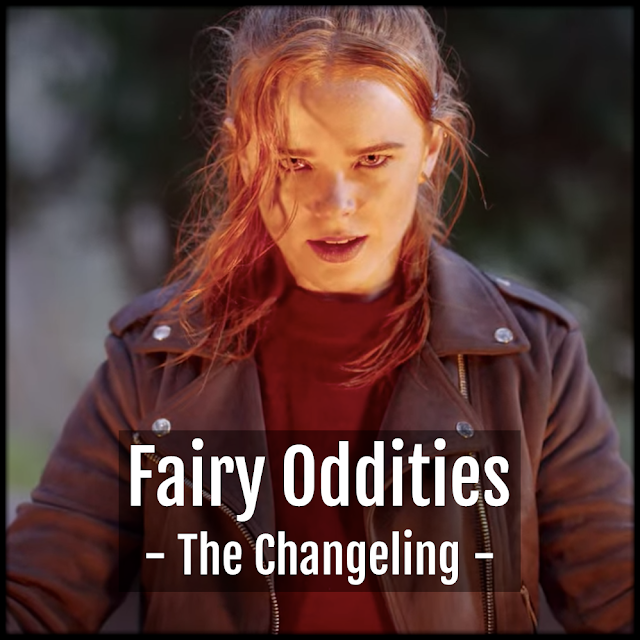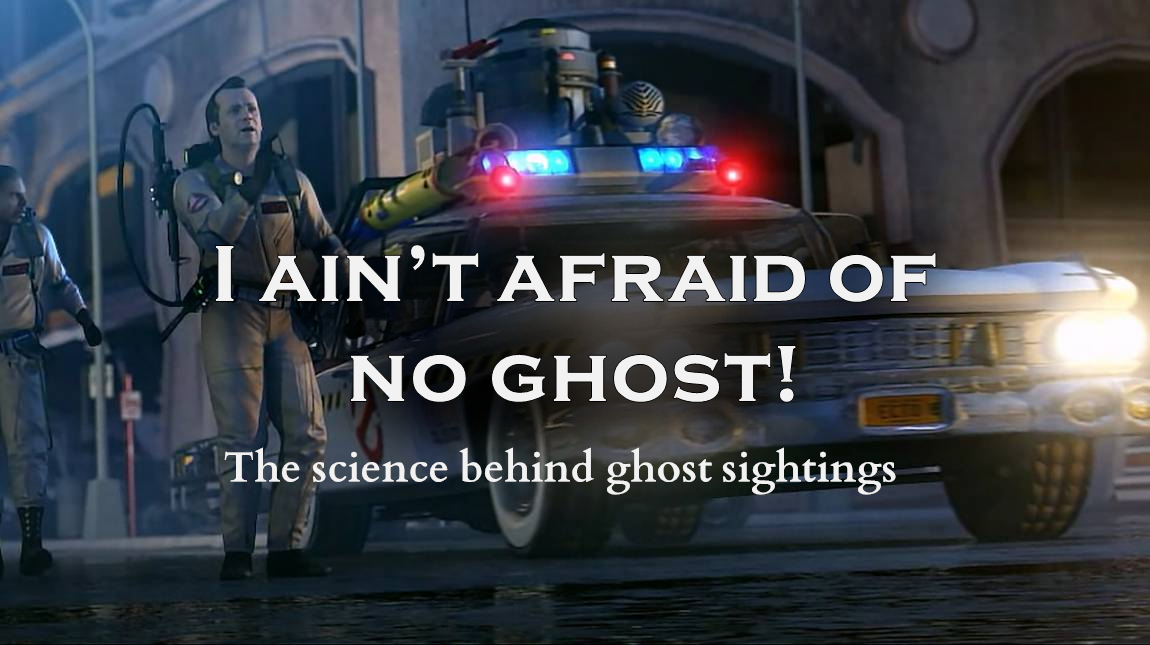Cthulhu fhtagn - The gods of H.P. Lovecraft
Hey there, traveler!
I promised you last week another religion post concerning how authors implemented the foundations we talked about previously, and I am a man of my word - so here it is. I tried to choose as diversely as I could from our shared booknerds past, and I apologize in advance if your favourite and most unique fictive pantheon got left off this list. So, here we go!
When I started writing this post, I originally intended to include a lot of authors, then decided to start with H.P. Lovecraft and realized I could write a whole post about it. So I did.
One of the most successful authors considering religion, since basically that was his whole deal. H.P. Lovecraft let his imagination run dark and openly encouraged any contemporary writer to join in, to twist and shape his Mythos into something that’s the closest to real-life mythologies anyone ever created (IMHO). This freedom to contribute was the main factor that turned the Yog-Sothothery (as the man himself called it) into what it is, since it underwent a similar path to most existing mythologies. People retold the myths, emphasised different parts and made slight changes, which resulted in random gods and entities appearing and disappearing in intricately interwoven stories. You could sit two lovecraft fans down with different backgrounds and they could describe the same entities in entirely different ways.
I. The creator
II. The goddess
Then there’s the fertility goddess - Shub-Niggurath, the Black Goat of the Woods. Birth has always been considered sacred, beautiful even, something that produces life and thus can’t be hideous or fear-inducing. But in reality, the biology of childbirth is littered with gut wrenching scenes, with pain, suffering and the realization that an ever-growing life can still be seen as horrifying. There’s no stopping the biomass from growing larger and larger, reorganizing every physical matter into its own shape and producing an endless continuity. Have you seen the second season of The Expanse? Yeah, like that. Shub-Niggurath encompases this fear and twists the concept of birth into the grotesque side. She literally pukes out her Thousand Dark Young from innumerable mouths around her bio-horror-like body, and even those Dark Young are far from the purity of newborns. They are simple, primal creatures eating their way through life from birth, while their mother produces more and more of them.
III. The evil one
In a world of such horrific creatures, what can even be considered an evil deity? I’ll tell you - The Dark Pharaoh of the Thousand Masks, Nyarlathotep. The thing about this deity is he’s the only one who has a personality. Most lovecraftian entities aren’t necessarily evil, only see other creatures so below them they never stop to think if what they are doing is moral or not, because they don’t care. Nyarly, however, knows full well what he’s doing. He chooses to be evil, cause suffering, treachery, fear and death, because he likes it. Being caricaturish evil isn’t something new, but in a pantheon of this many horrors, it’s on a whole new level. Because this guy takes away the only hope left for mankind - insignificance. For the likes of Shub-Niggurath or Cthulhu even, you may tell yourself you’re safe if you don’t go looking. The stars aren’t right in this eon, they can’t return so if you don’t put yourself in their way, you’re fine. But you’re not, because Nyarlathotep isn’t working that way. He disguises himself as one of us, walks the lands searching for his prey, lures you with desirable things at first, and you only realize what happened when it’s too late. Nobody is safe. Nothing is.
IV. Death
Death as a deity is famously missing from Lovecraft’s work, but the concept is still present in a really interesting way. Death is a bitch in the Mythos. One of the most quoted lines from the Cthulhu-cycle is “That is not dead which can eternal lie, And with strange aeons even death may die.” That means death doesn’t work the same way we think, going back again to the fear of uncertainty. People fear death, that’s why so many religions try to answer it. Lovecraft doesn’t, he twists it even more, piling more questions on top of it. Nothing works as we think, not even the end of life. When all else fails and people consider suicide from the Mythos’s maddening things, they are met with this quote. No, you can’t run. Death cannot hide you. You will see this through and you will suffer all the way.
V. The poster octopus
Just to tackle the octopus in the room, how does Cthulhu, the most well-known face of the Mythos come into this? Well, not in a traditional sense. His aesthetics embody the authors fear of the ocean, but he isn’t one of the fundamental deities. He’s not the world creator, nor the earth goddess, especially not death. But if you think about it, I think he can be the evil dark side to an already evil Earth deity. Cthulhu resides under our own oceans in cities where reality, physics and basic logic stumbles and fails. He’s from our past, he has been here before us, and will be after us. He has more claim to our Earth than we do, yet he opposes everything we know about the world. That danger in our midst is another really creepy concept, something which further emphasises the “no escape” baseline message of Lovecraft’s Mythos.
Given these basics, this fictional world is ripe for additions, creations like Hastur or Ithaqua, and liek every horror story, it changes a bit with every retelling to cater to a modern audience. Even we dabble with it a bit in our second WIP, titled temporarily as “Project Tenebris”, which you can read about here: link.
I think that’s it for today. We’ll still have plenty of post ideas, so you can look forward to another one about other authors next week. Until then, take care, be clear of the dark and never go swimming without an Elder Sign to repel the Great Old Ones.
Cheers,
Dar









Comments
Post a Comment